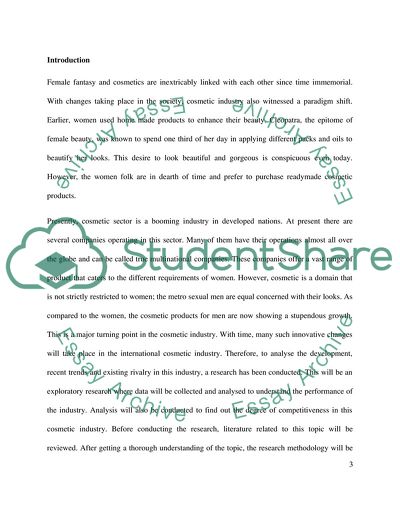Cite this document
(Recent Trends and Existing Rivalry in Cosmetics Industry Research Paper, n.d.)
Recent Trends and Existing Rivalry in Cosmetics Industry Research Paper. https://studentshare.org/macro-microeconomics/1745962-cosmetics-industry
Recent Trends and Existing Rivalry in Cosmetics Industry Research Paper. https://studentshare.org/macro-microeconomics/1745962-cosmetics-industry
(Recent Trends and Existing Rivalry in Cosmetics Industry Research Paper)
Recent Trends and Existing Rivalry in Cosmetics Industry Research Paper. https://studentshare.org/macro-microeconomics/1745962-cosmetics-industry.
Recent Trends and Existing Rivalry in Cosmetics Industry Research Paper. https://studentshare.org/macro-microeconomics/1745962-cosmetics-industry.
“Recent Trends and Existing Rivalry in Cosmetics Industry Research Paper”. https://studentshare.org/macro-microeconomics/1745962-cosmetics-industry.


